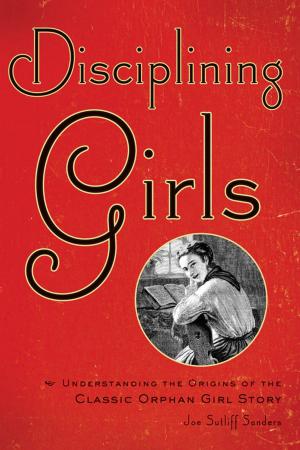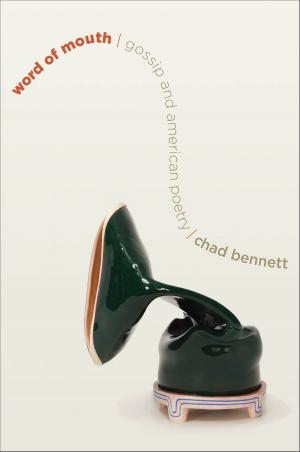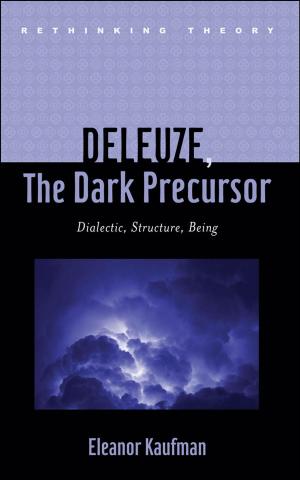The Art of Alibi
English Law Courts and the Novel
Fiction & Literature, Literary Theory & Criticism, British, Theory| Author: | Jonathan H. Grossman | ISBN: | 9780801877872 |
| Publisher: | Johns Hopkins University Press | Publication: | December 15, 2009 |
| Imprint: | Language: | English |
| Author: | Jonathan H. Grossman |
| ISBN: | 9780801877872 |
| Publisher: | Johns Hopkins University Press |
| Publication: | December 15, 2009 |
| Imprint: | |
| Language: | English |
In The Art of Alibi, Jonathan Grossman reconstructs the relation of the novel to nineteenth-century law courts. During the Romantic era, courthouses and trial scenes frequently found their way into the plots of English novels. As Grossman states, "by the Victorian period, these scenes represented a powerful intersection of narrative form with a complementary and competing structure for storytelling." He argues that the courts, newly fashioned as a site in which to orchestrate voices and reconstruct stories, arose as a cultural presence influencing the shape of the English novel.
Weaving examinations of novels such as William Godwin's Caleb Williams, Mary Shelley's Frankenstein, and Charles Dickens's The Pickwick Papers and Oliver Twist, along with a reading of the new Royal Courts of Justice, Grossman charts the exciting changes occurring within the novel, especially crime fiction, that preceded and led to the invention of the detective mystery in the 1840s.
In The Art of Alibi, Jonathan Grossman reconstructs the relation of the novel to nineteenth-century law courts. During the Romantic era, courthouses and trial scenes frequently found their way into the plots of English novels. As Grossman states, "by the Victorian period, these scenes represented a powerful intersection of narrative form with a complementary and competing structure for storytelling." He argues that the courts, newly fashioned as a site in which to orchestrate voices and reconstruct stories, arose as a cultural presence influencing the shape of the English novel.
Weaving examinations of novels such as William Godwin's Caleb Williams, Mary Shelley's Frankenstein, and Charles Dickens's The Pickwick Papers and Oliver Twist, along with a reading of the new Royal Courts of Justice, Grossman charts the exciting changes occurring within the novel, especially crime fiction, that preceded and led to the invention of the detective mystery in the 1840s.















